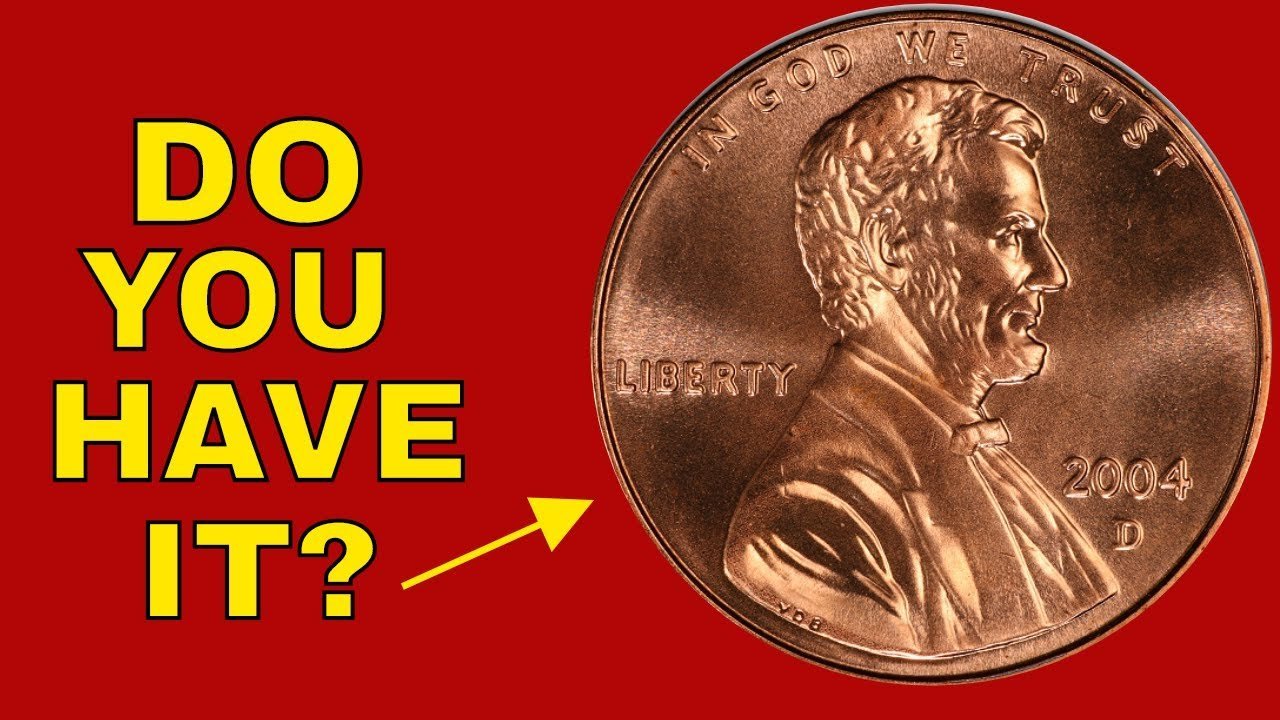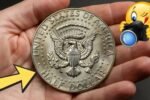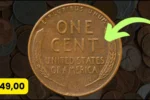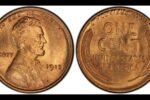Lincoln Penny Found Behind: What started as a simple home renovation turned into a numismatic sensation when a Pennsylvania family discovered an old Lincoln penny tucked behind an antique wall clock. The coin, coated in decades of dust and forgotten by time, is now making waves among collectors and experts alike — and for good reason.
An Unexpected Find
The discovery was made during a routine spring cleaning project. The Henderson family had inherited an old farmhouse from their grandparents and decided to restore parts of the home, starting with the living room. As they carefully removed an aging wall clock that had hung in the same spot for over 60 years, something small fell to the ground. At first glance, it looked like a normal penny, but its unusual shine and condition prompted a closer look.
“My daughter picked it up and said, ‘This penny looks weird,’” recalled Lisa Henderson. “When we wiped the dust off, the date 1943 jumped out at us. That’s when we realized it might be something special.”
The Significance of the 1943 Lincoln Penny
In 1943, during the height of World War II, the U.S. Mint changed the composition of the penny from copper to zinc-coated steel to save copper for wartime production. However, a small number of 1943 Lincoln pennies were accidentally struck on leftover bronze planchets from 1942. These coins are extremely rare — fewer than 20 genuine examples are known to exist today — and highly sought after by collectors.
The penny found behind the Hendersons’ wall clock appears to be one of these rare bronze versions. Early inspections by coin experts suggest it may be in better condition than most others previously discovered.
A Collector’s Dream
News of the coin spread quickly through the numismatic community. Initial assessments place its value anywhere from $250,000 to over $1 million, depending on its final grading. Professional grading services are currently authenticating and appraising the penny.
“Coins like this are the holy grail for collectors,” said Raymond Ellis, a numismatics expert with over 30 years of experience. “A 1943 bronze Lincoln cent in high-grade condition is virtually unheard of. If this one is authentic — and it appears to be — it could break records at auction.”
History Hidden in Plain Sight
This isn’t the first time rare coins have been found in unlikely places. Over the years, people have uncovered valuable coins in sock drawers, attic boxes, and even buried in the backyard. But finding one hidden behind a wall clock adds a layer of mystery.
Experts believe the coin may have been placed there intentionally — perhaps as a good luck charm or simply dropped and forgotten during a previous home repair. Regardless of how it ended up there, its rediscovery has sparked excitement far beyond the Henderson family home.
What To Look For in Your Spare Change
For those wondering if they, too, might stumble upon hidden treasure, here are a few tips for identifying valuable pennies:
- Check the date: Pennies from 1943, especially if they appear bronze rather than steel, are worth checking.
- Test with a magnet: Steel cents stick to magnets; bronze cents do not.
- Look for errors: Misprints, double dies, or off-center designs can all increase value.
- Condition matters: Coins in near-mint condition are worth significantly more.
- Seek professional appraisal: If you find something unusual, get it authenticated.
More Than Just a Coin
For the Henderson family, the find is more than a financial windfall. It’s a reminder of the home’s long history and the generations who lived there before them. “It’s like a little piece of the past reached out to us,” said Lisa. “We feel connected to our grandparents in a whole new way.”
Whether the coin ends up in a private collection or on display in a museum, one thing is certain: its journey from behind a dusty old clock to the spotlight of the coin world is nothing short of extraordinary.
FAQs for “Lincoln Penny Found Behind Wall Clock Is Driving Collectors Wild
Q1: Why is the Lincoln penny found behind the wall clock so valuable?
Because it’s believed to be a rare 1943 bronze Lincoln cent — a minting error from World War II when pennies were supposed to be made of steel, not bronze. Only a handful exist today.
Q2: How can I tell if I have a rare 1943 bronze Lincoln penny?
Use a magnet—steel pennies will stick, but bronze ones won’t. Also, look for the 1943 date and check the coin’s color and weight. For certainty, have it appraised by a coin expert.
Q3: What should I do if I think I’ve found a valuable coin?
Avoid cleaning it, as that can reduce its value. Store it safely and have it evaluated by a professional coin grading service or a reputable numismatist.




